U.S. Patterns, Experimental and Trial Pieces (6000s)
The field of patterns is so vast that Harry, like other collectors of the past, zeroed in on items that he found to be of special interest. He later determined that his favorite pieces were those associated with the year 1877, particularly the pattern half dollars which were made in a wide number of die varieties and combinations.
He also contemplated acquiring patterns and trial pieces in many other series, preferably in the metal in which related regular coins were issued. That is, for patterns of silver denominations, from the tiny three-cent piece to the large dollars and trade dollars, he sought impressions made in silver, paying less attention to off-metal strikes in such compositions as bronze or aluminum. For the gold denominations he sought impressions actually made in gold, although such pieces were scarcely ever available. Although along the way he acquired many patterns in copper and bronze, he did not like these as much because they were “more readily susceptible to tarnish”.
Casting idealism aside – for it was simply not possible to achieve completion or even near-fulfillment of such lofty goals as acquiring one each of the 1877 half dollars or of gold patterns actually struck in gold – Harry Bass collected here and there, not necessarily with a goal in mind. This was in the period when he also acquired assorted tokens and medals, certain paper money, and other items that caught his eye. Later, he made no efforts to complete his pattern holdings or make them definitive, although he did add certain classic pieces he found to be of interest as they came up for sale, particularly in auctions.
The core collection of pattern coins retained by the Harry W. Bass, Jr. Foundation includes many of the “rarest of the rare” pieces in the series, among which are many that are renowned for their extreme beauty, for example: the 1872 “Amazonian” quarter, half dollar, and silver dollar, and the 1879 “Schoolgirl” dollar. The 1879-1880 $4 Stella coins are often discussed in print, but are so rare that they are seldom seen in the flesh, save for the 1879 Flowing Hair issue; the Bass Collection includes strikings of all. The Gobrecht silver dollars of 1836, 1838, and 1839 are the stuff of numismatic dreams, and the Bass Collection includes some of the finest. The complex Standard Silver patterns of 1869 and 1870 are represented by selected specimens, as are experiments with the creation of the commercial dollar, later called the trade dollar. Patterns are diverse, and a row of a dozen different issues will likely reveal a dozen different designs and concepts. Such provide the fascination for which the pattern series is famous.
In the field of numismatics, patterns tell the story of “what might have been,” but never came to pass. Today, when gazing at the aforementioned “Schoolgirl” pattern dollar in the Bass Collection, we can only muse how nice it would be if this beautiful design had been adopted for regular coinage, and millions had been minted for the masses. However, that was not to be. Under the all-inclusive term of “patterns” are gathered over 1,500 different coins that can be divided into other categories, some of which overlap. Many patterns are members of more than one group. The classification of patterns has never been an easy task, and no system ever developed has been pleasing to all.
Major categories include these:
- Trial Pieces: Coins struck to test the dies, the coining process, or some other aspect of coinage production. There is some overlap between this category and experimental pieces. Also, certain trial pieces – indeed, most of them – were really made as numismatic delicacies. Such is the nomenclature with which specialists contend.
- Experimental Pieces: Just as easily called experimental coins, these include those struck to test new concepts, such as different alloys of silver and copper, the feasibility of aluminum for coinage, the use of holes in the center of a coin to enlarge the diameter while retaining the same weight (experiments with holed coins were made in 1850-1851 and 1884-1885), etc.
- Patterns: In the truest form, pattern coins illustrate new designs produced by Mint engravers (usually), different from those currently being used, or in some instances, proposals for forthcoming designs intended to replace those currently in use. Also, from time to time patterns were made to display variations in inscriptions such as the Motto IN GOD WE TRUST, which had as antecedents in pattern coinage such mottos as GOD AND COUNTRY and GOD OUR TRUST. Thus, such concepts as the 1858 “skinny eagle” used on certain cents, the 1859 “French Head” employed on half dollars, and the seated Indian Princess motifs of the late 1860s can be called patterns, as can be the Standard Silver issues of the 1869 era. Often, if a pattern proved to be of numismatic interest it was restruck, or combined with an irrelevant die, to create a restrike or numismatic delicacy, both of which are addressed below.
- Numismatic Delicacies: Called pieces de caprice by numismatic historian Don Taxay, these comprise the largest category in the pattern series. These are pieces made not to illustrate unusual metallic compositions or new designs or some other forward-thinking concept of mintage, but instead, to provide rarities for sale to the collector trade. These coins include strikings of gold denomination dies and other metals such as copper and aluminum, the illogical combining of dies not intended for each other (such as a two-headed half dollar pattern of 1859), the extensive Standard Silver coinage of 1869 and later (which was made with plain edges and reeded edges, and in metals including silver, copper, and aluminum), etc.
- Restrikes: Coins struck from pattern dies, but produced for collectors at a later date, such as Gobrecht silver dollars dated 1836, 1838, and 1839, restruck at the Mint circa 1859 and later; restrikes of 1836 2-cent patterns and gold dollars of the same date, etc.
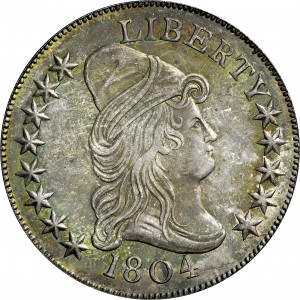
1804 Eagle
HBCC# 6001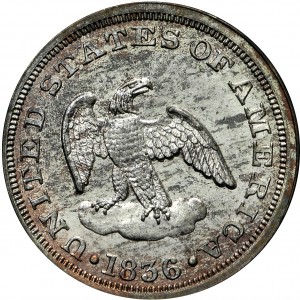
1836 Two-Cent
HBCC# 6002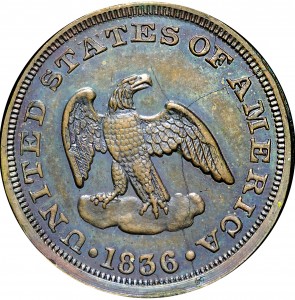
1836 Two-Cent
HBCC# 6003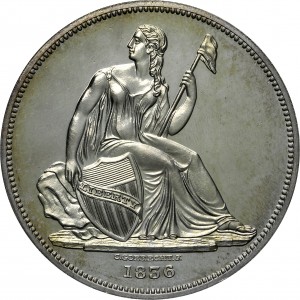
1836 Silver Dollar
HBCC# 6004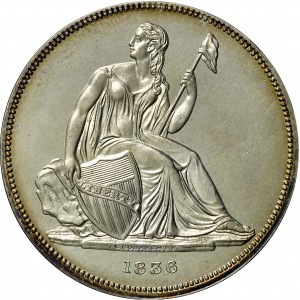
1836 Silver Dollar
HBCC# 6005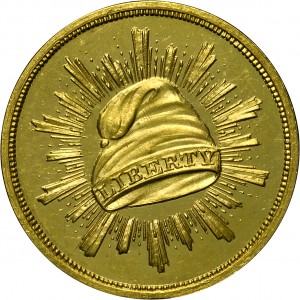
1836 Gold Dollar
HBCC# 6006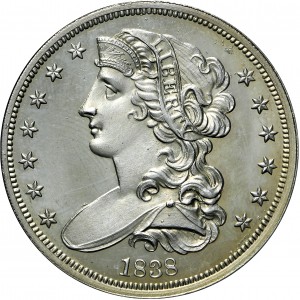
1838 Half Dollar
HBCC# 6007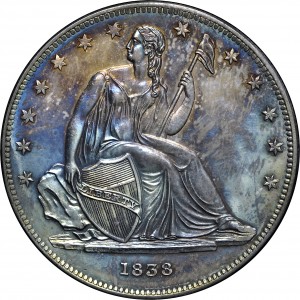
1838 Silver Dollar
HBCC# 6010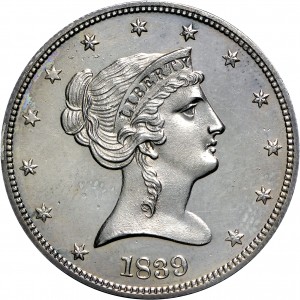
1839 Half Dollar
HBCC# 6011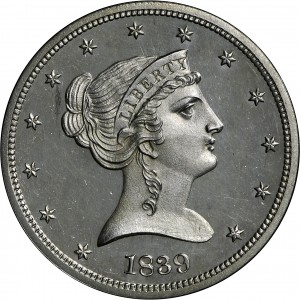
1839 Half Dollar
HBCC# 6012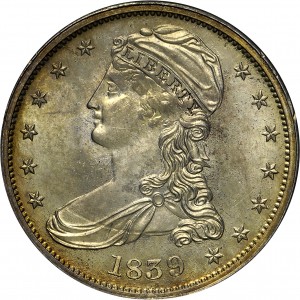
1839 Half Dollar
HBCC# 6013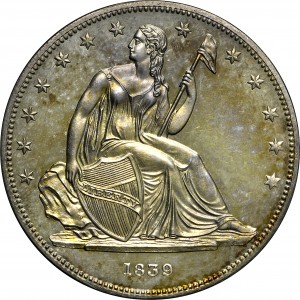
1839 Silver Dollar
HBCC# 6014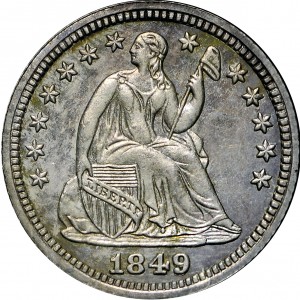
1849 Three-Cent
HBCC# 6015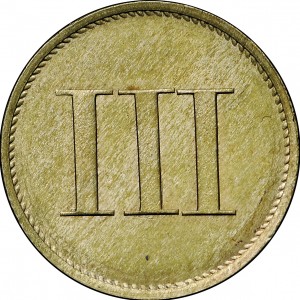
1849 Three-Cent
HBCC# 6016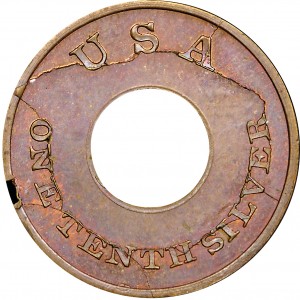
1850 Cent
HBCC# 6018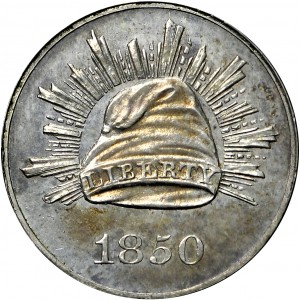
1850 Three-Cent
HBCC# 6019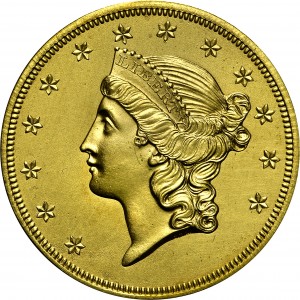
1850 Double Eagle
HBCC# 6020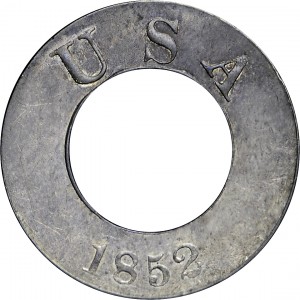
1852 Gold Dollar
HBCC# 6021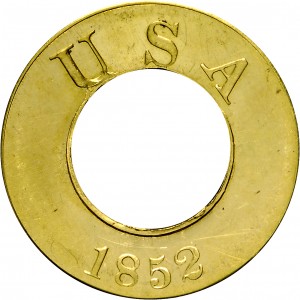
1852 Gold Dollar
HBCC# 6022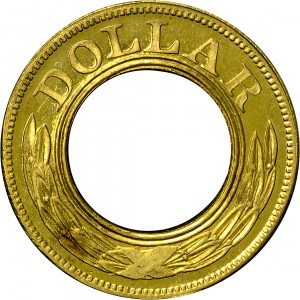
1852 Gold Dollar
HBCC# 6023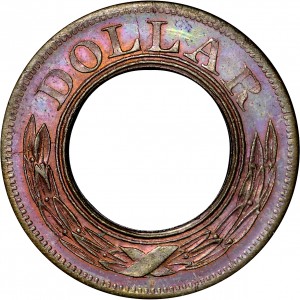
1852 Gold Dollar
HBCC# 6024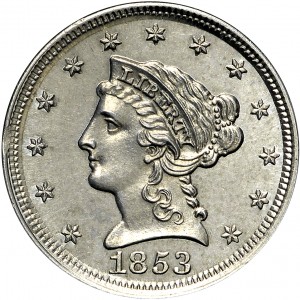
1853 Cent
HBCC# 6025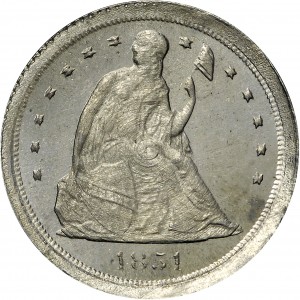
1854 Cent
HBCC# 6026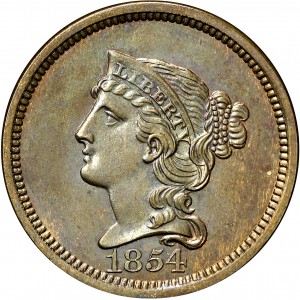
1854 Cent
HBCC# 6027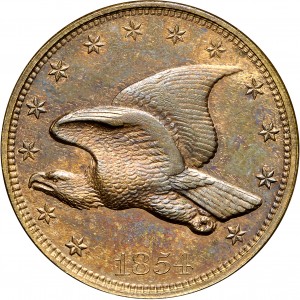
1854 Cent
HBCC# 6028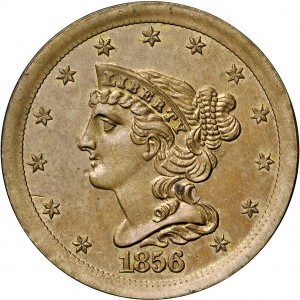
1856 Half Cent
HBCC# 6030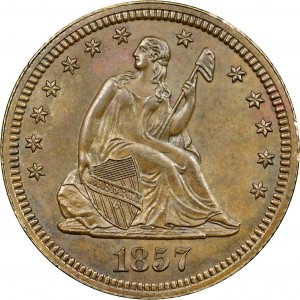
1857 Quarter Dollar
HBCC# 6031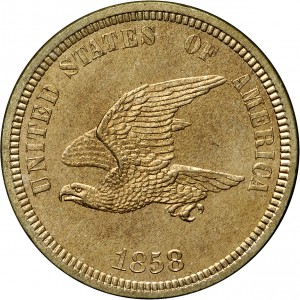
1858 Cent
HBCC# 6032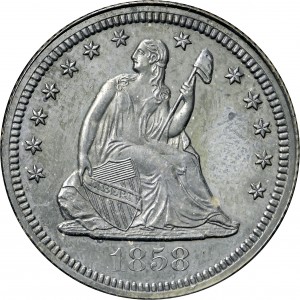
1858 Quarter Dollar
HBCC# 6033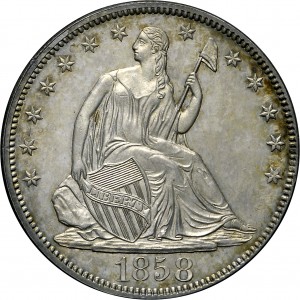
1858 Half Dollar
HBCC# 6034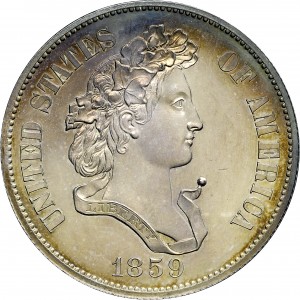
1859 Half Dollar
HBCC# 6035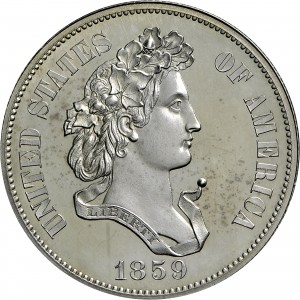
1859 Half Dollar
HBCC# 6036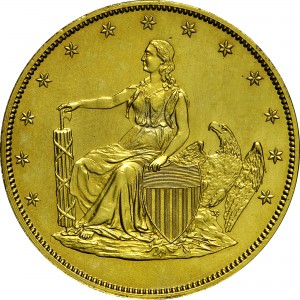
1859 Double Eagle
HBCC# 6037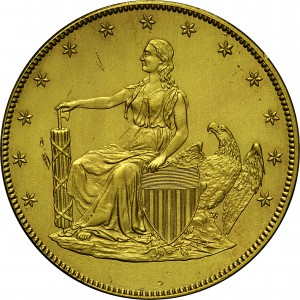
1859 Double Eagle
HBCC# 6038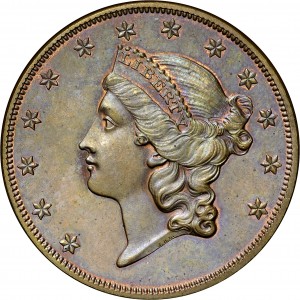
1859 Double Eagle
HBCC# 6039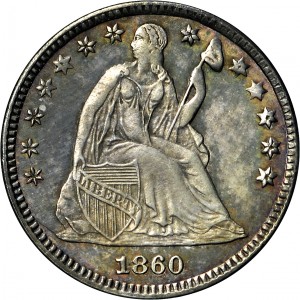
1860 Half Dime
HBCC# 6040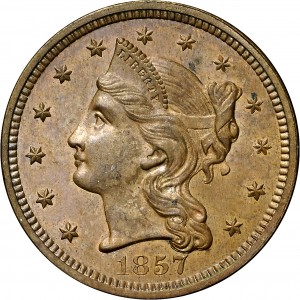
1857/60 Quarter Eagle
HBCC# 6041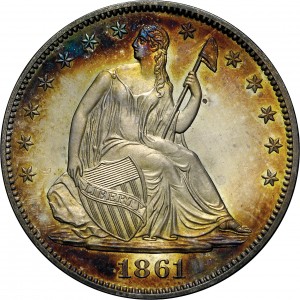
1861 Half Dollar
HBCC# 6042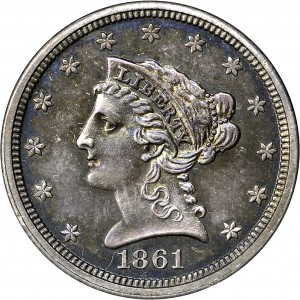
1861 Quarter Eagle
HBCC# 6044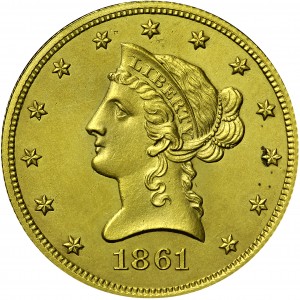
1861 Eagle
HBCC# 6045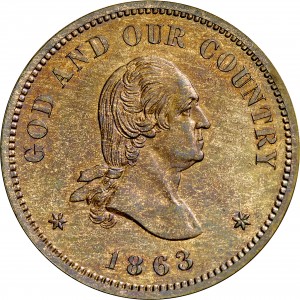
1863 Two-Cent
HBCC# 6046
1863 Two-Cent
HBCC# 6047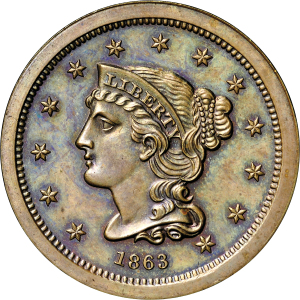
1863 Three-Cent
HBCC# 6048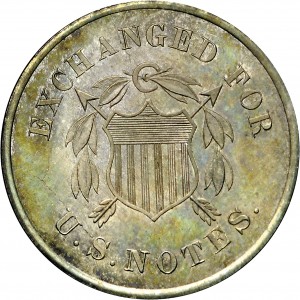
1863 Ten Cents
HBCC# 6049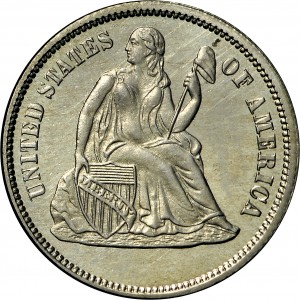
1863 Ten Cents
HBCC# 6051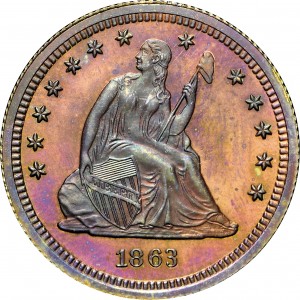
1863 Quarter Dollar
HBCC# 6053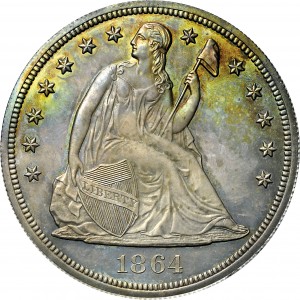
1864 Silver Dollar
HBCC# 6055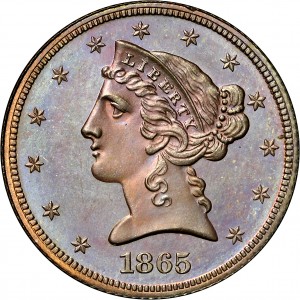
1865 Half Eagle
HBCC# 6058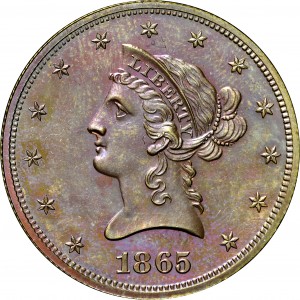
1865 Eagle
HBCC# 6059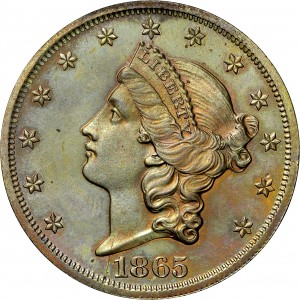
1865 Double Eagle
HBCC# 6060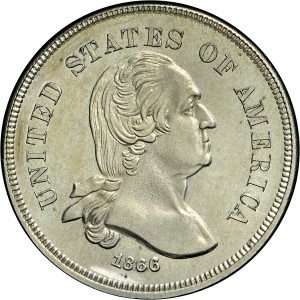
1866 Five Cents
HBCC# 6061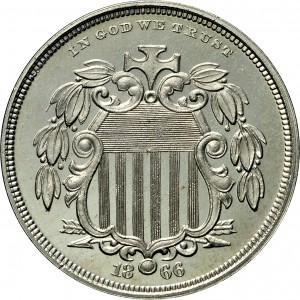
1866 Five Cents
HBCC# 6063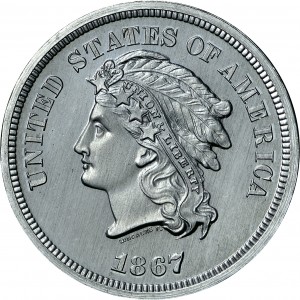
1867 Five Cents
HBCC# 6065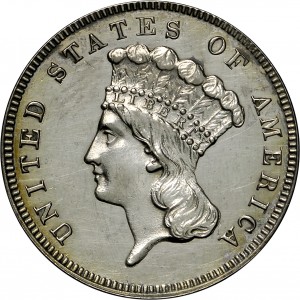
1867 Three Dollars
HBCC# 6066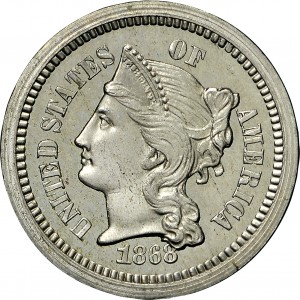
1868 Cent
HBCC# 6067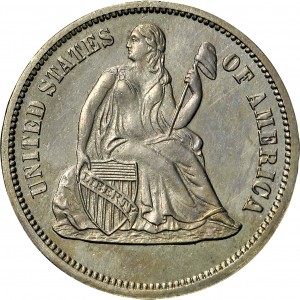
1868 Ten Cents
HBCC# 6069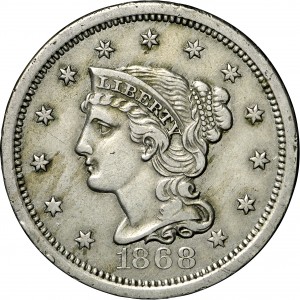
1868 Ten Cents
HBCC# 6070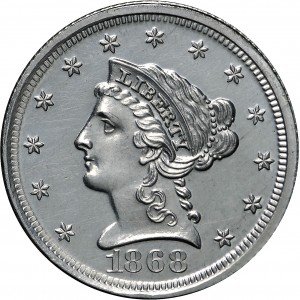
1868 Quarter Eagle
HBCC# 6071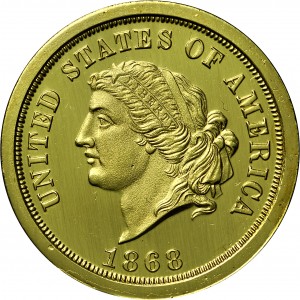
1868 Five Dollars
HBCC# 6072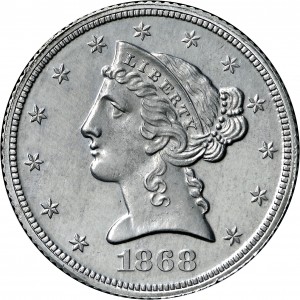
1868 Half Eagle
HBCC# 6073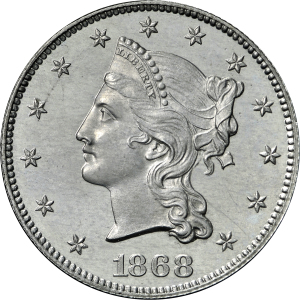
1868 Eagle
HBCC# 6074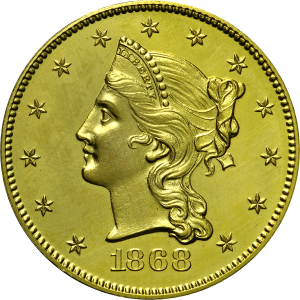
1868 Eagle
HBCC# 6075
1869 Ten Cents
HBCC# 6076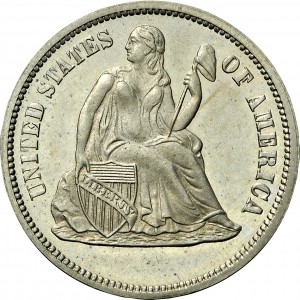
1869 Ten Cents
HBCC# 6077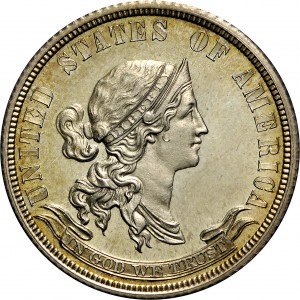
1869 Quarter Dollar
HBCC# 6079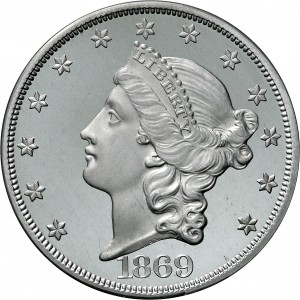
1869 Double Eagle
HBCC# 6080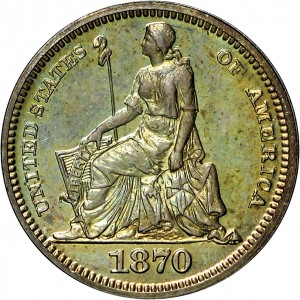
1870 Three-cent
HBCC# 6081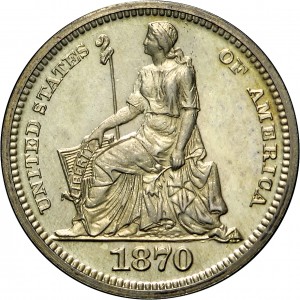
1870 Half dime
HBCC# 6082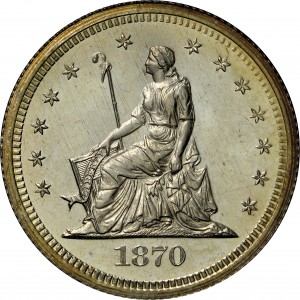
1870 Quarter Dollar
HBCC# 6084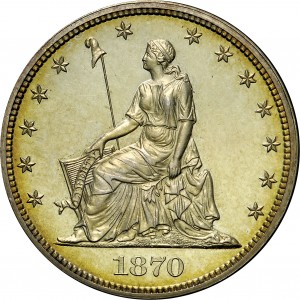
1870 Half Dollar
HBCC# 6085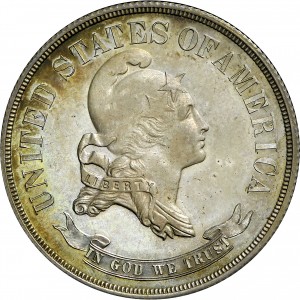
1870 Half Dollar
HBCC# 6086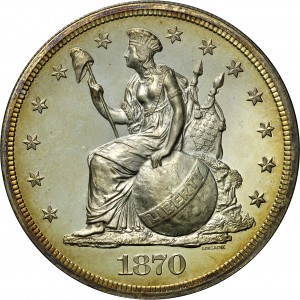
1870 Silver Dollar
HBCC# 6087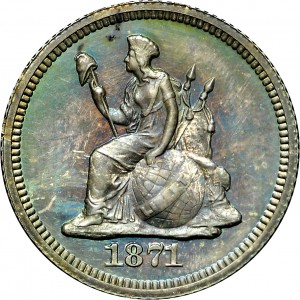
1871 Half Dime
HBCC# 6088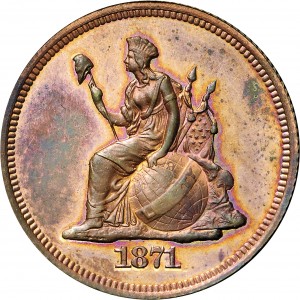
1871 Dime
HBCC# 6089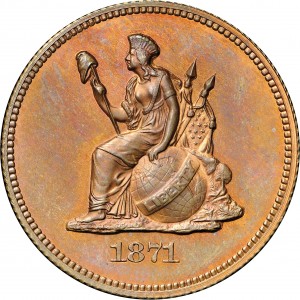
1871 Quarter Dollar
HBCC# 6091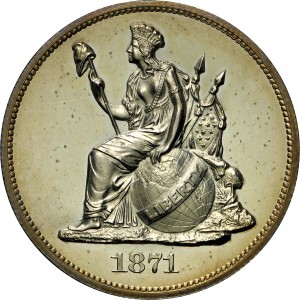
1871 Half Dollar
HBCC# 6094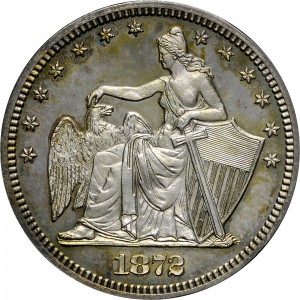
1872 Quarter Dollar
HBCC# 6096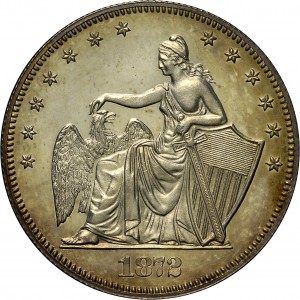
1872 Half Dollar
HBCC# 6097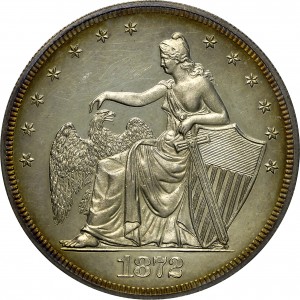
1872 Silver Dollar
HBCC# 6098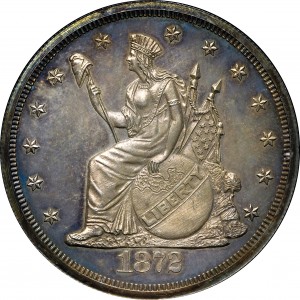
1872 Commercial Dollar
HBCC# 6099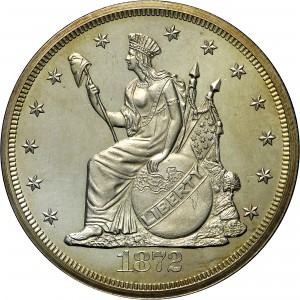
1872 Trade Dollar
HBCC# 6101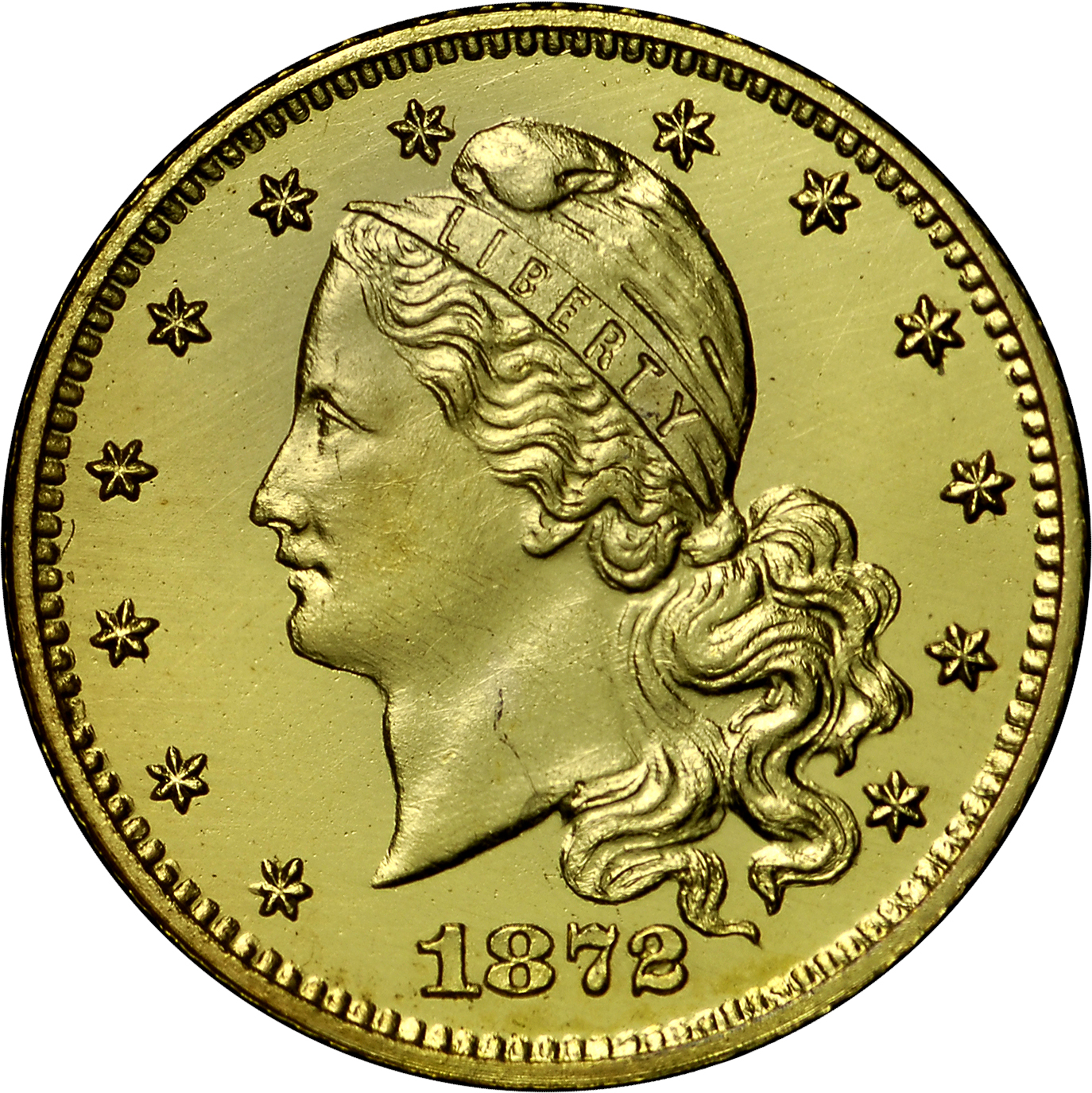
1872 Gold Dollar
HBCC# 6102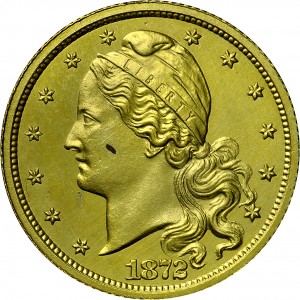
1872 Quarter Eagle
HBCC# 6103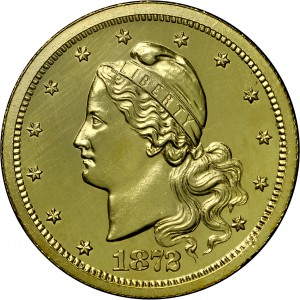
1872 Three-Dollar
HBCC# 6104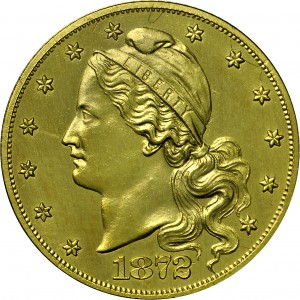
1872 Half Eagle
HBCC# 6105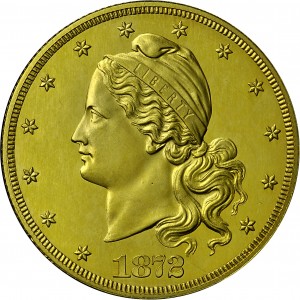
1872 Eagle
HBCC# 6106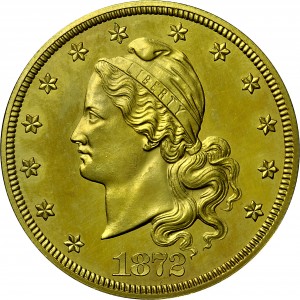
1872 Double Eagle
HBCC# 6107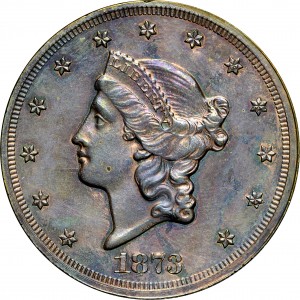
1873 Trade Dollar
HBCC# 6108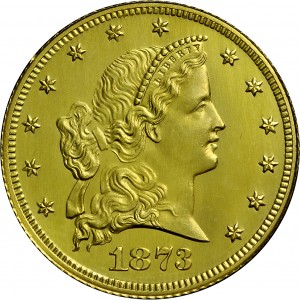
1873 Half Eagle
HBCC# 6111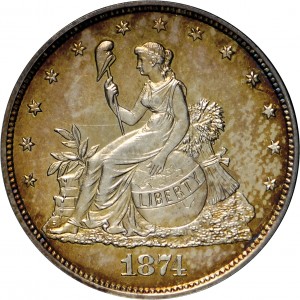
1874 Twenty Cents
HBCC# 6112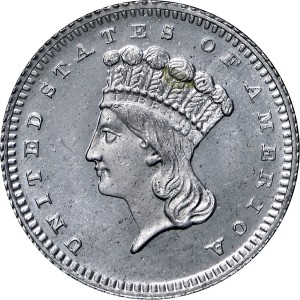
1874 Gold Dollar
HBCC# 6115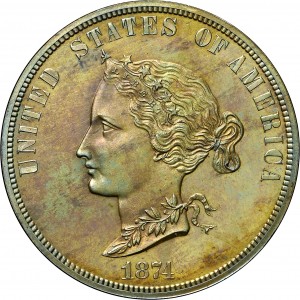
1874 International Ten-Dollar
HBCC# 6116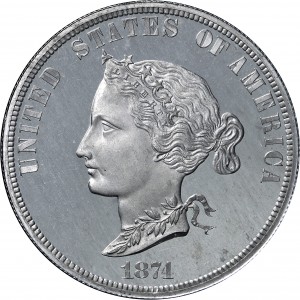
1874 International Ten-Dollar
HBCC# 6117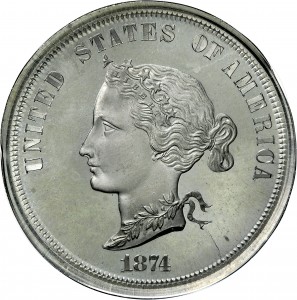
1874 International Ten-Dollar
HBCC# 6118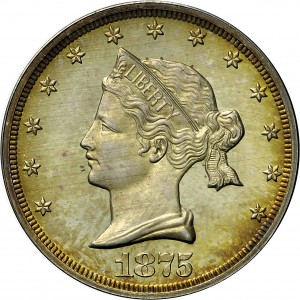
1875 Twenty Cents
HBCC# 6119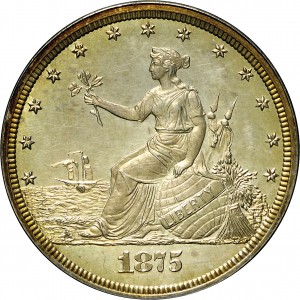
1875 Twenty Cents
HBCC# 6120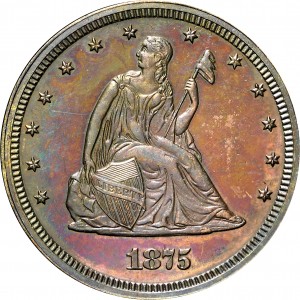
1875 Twenty Cents
HBCC# 6121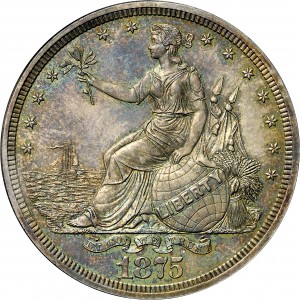
1875 Silver Dollar
HBCC# 6122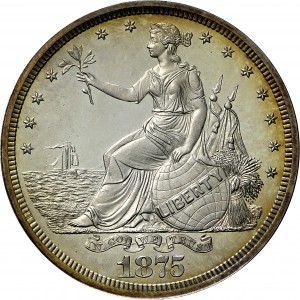
1875 Commercial Dollar
HBCC# 6123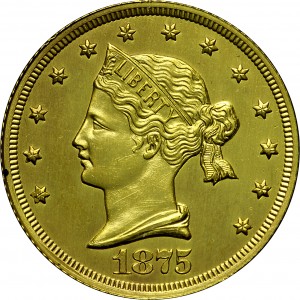
1875 Half Eagle
HBCC# 6125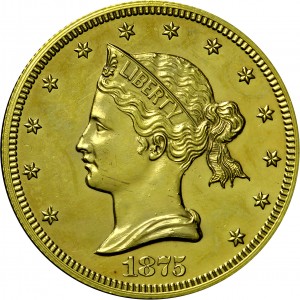
1875 Eagle
HBCC# 6126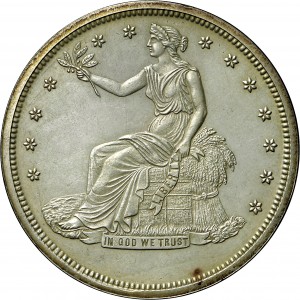
1873 Trade Dollar
HBCC# 6127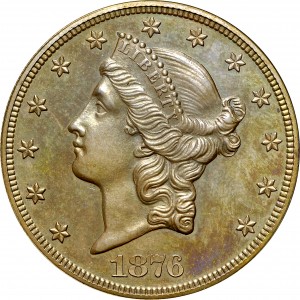
1876 Double Eagle
HBCC# 6128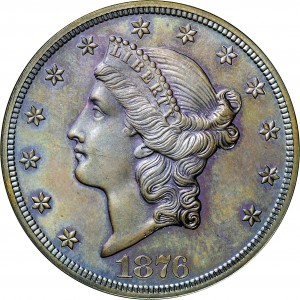
1876 Double Eagle
HBCC# 6129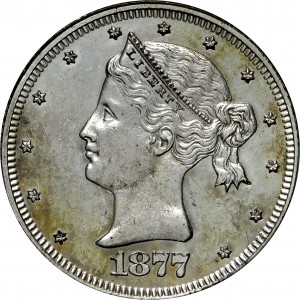
1877 Dime
HBCC# 6130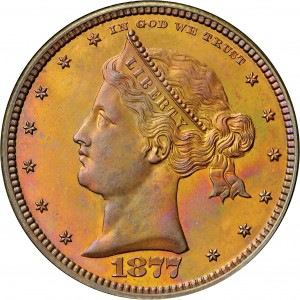
1877 Quarter Dollar
HBCC# 6131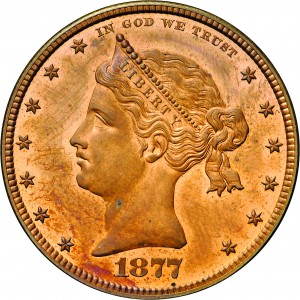
1877 Half Dollar
HBCC# 6132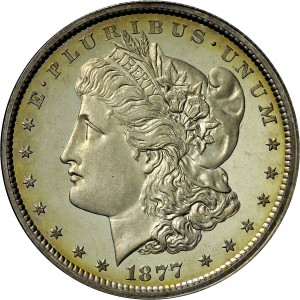
1877 Half Dollar
HBCC# 6133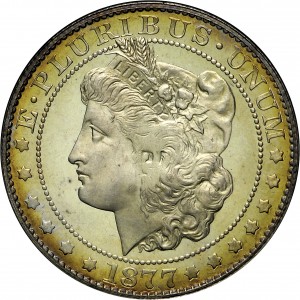
1877 Half Dollar
HBCC# 6134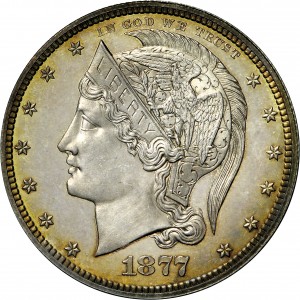
1877 Half Dollar
HBCC# 6135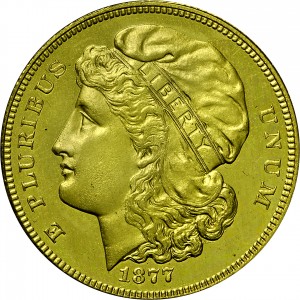
1877 Eagle
HBCC# 6136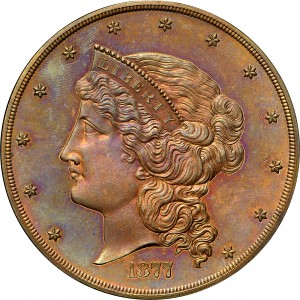
1877 Half Union
HBCC# 6137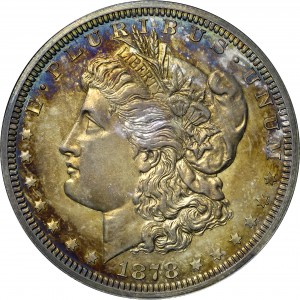
1878 Silver Dollar
HBCC# 6138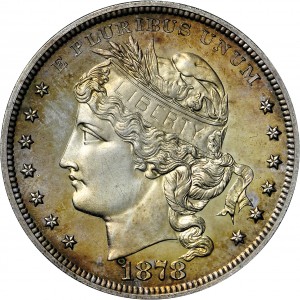
1878 Goloid Dollar
HBCC# 6139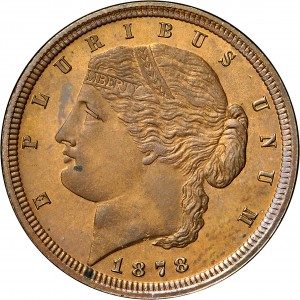
1878 Quarter Eagle
HBCC# 6140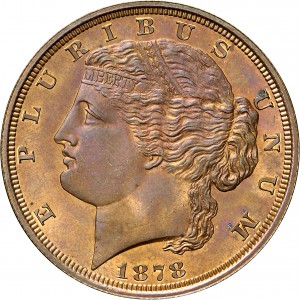
1878 Half Eagle
HBCC# 6141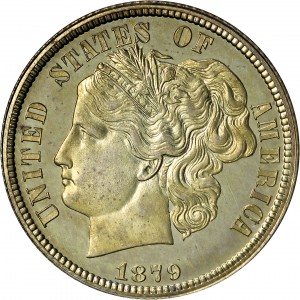
1879 Ten Cents
HBCC# 6142
1879 Ten Cents
HBCC# 6143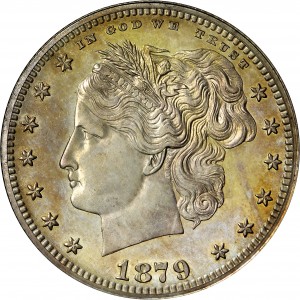
1879 Quarter Dollar
HBCC# 6144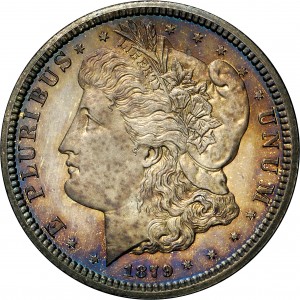
1879 Quarter Dollar
HBCC# 6146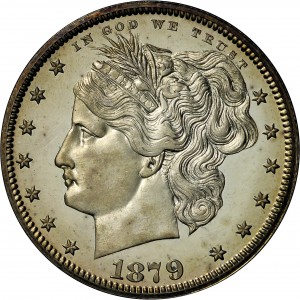
1879 Half Dollar
HBCC# 6147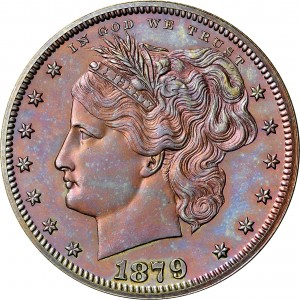
1879 Half Dollar
HBCC# 6148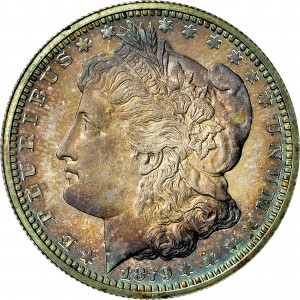
1879 Half Dollar
HBCC# 6149
1879 Silver Dollar
HBCC# 6150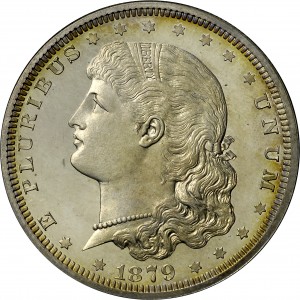
1879 Silver Dollar
HBCC# 6151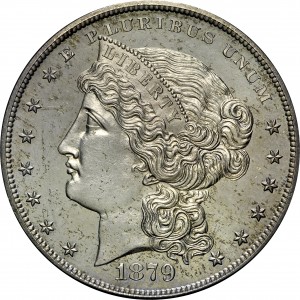
1879 Metric Dollar
HBCC# 6152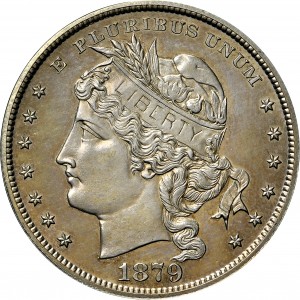
1879 Metric Dollar
HBCC# 6153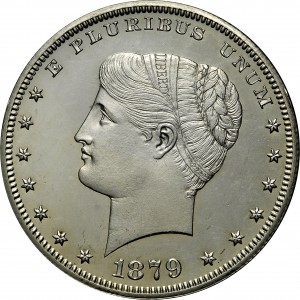
1879 Metric Dollar
HBCC# 6154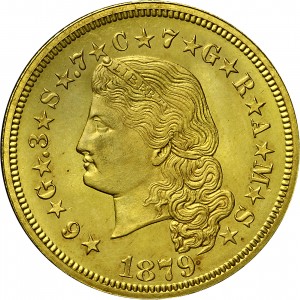
1879 Flowing Hair Stella
HBCC# 6155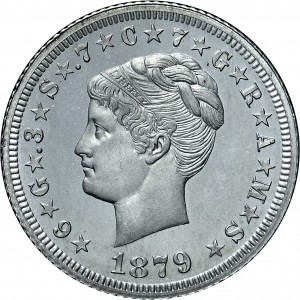
1879 Coiled Hair Stella
HBCC# 6156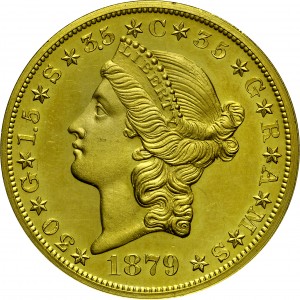
1879 Metric Double Eagle
HBCC# 6157
1880 Flowing Hair Stella
HBCC# 6158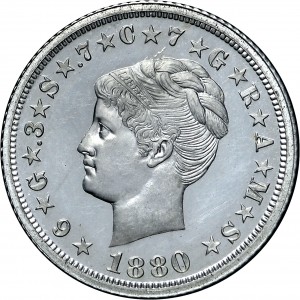
1880 Coiled Hair Stella
HBCC# 6159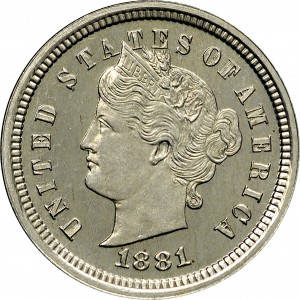
1881 One Cent
HBCC# 6160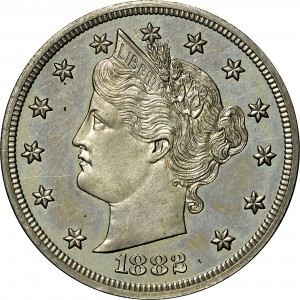
1882 Five Cents
HBCC# 6162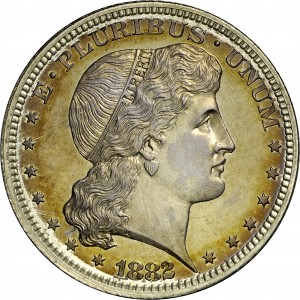
1882 Quarter Dollar
HBCC# 6164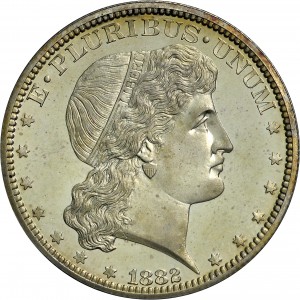
1882 Half Dollar
HBCC# 6165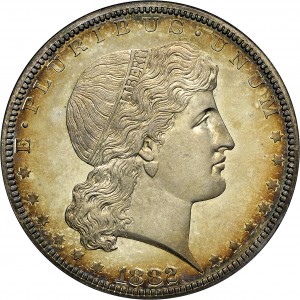
1882 Silver Dollar
HBCC# 6166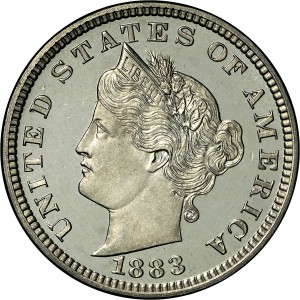
1883 Five Cents
HBCC# 6167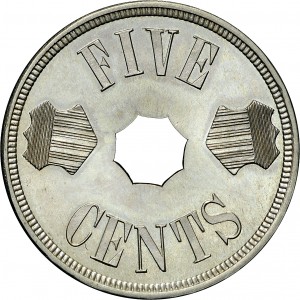
1884 Five Cents
HBCC# 6168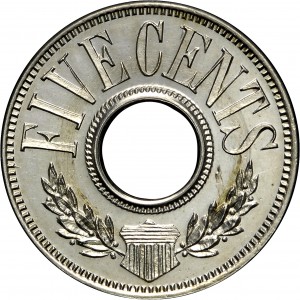
1885 Five Cents
HBCC# 6169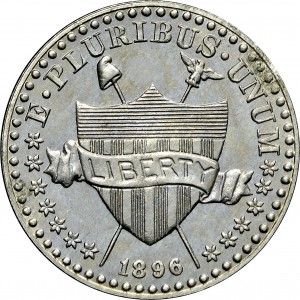
1896 One Cent
HBCC# 6171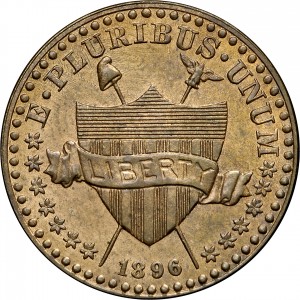
1896 One Cent
HBCC# 6172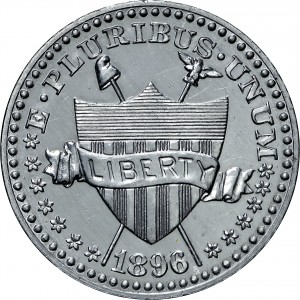
1896 Five Cents
HBCC# 6174
